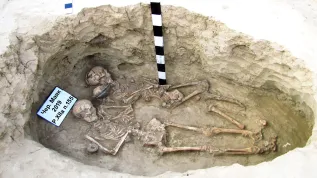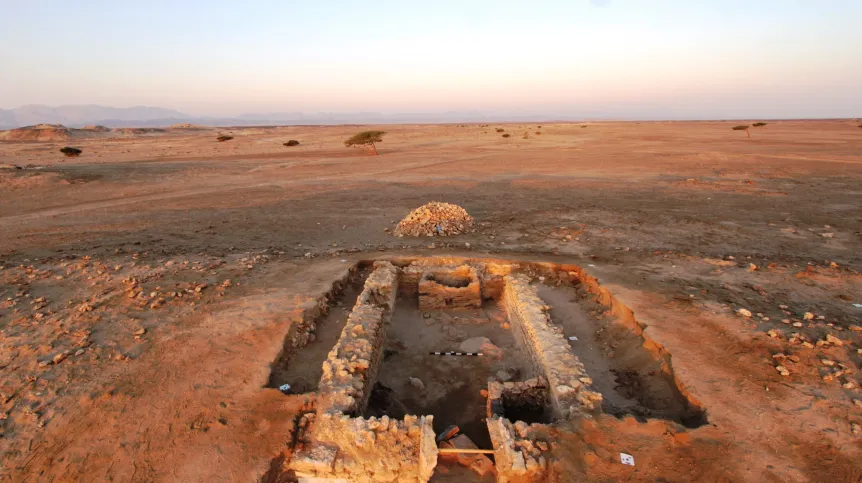
Seven skeletons in a closely contracted position, laid in several layers, were in a 1.5 thousand years old monumental tomb. They were representatives of the elites of the port city of Berenike on the Red Sea in Egypt, Polish archaeologists established.
The unusual arrangement of the bodies in a stone box drew the researchers' attention. The skeletons looked as if the dead were buried in a closely contracted position, with the bones of the lower limbs resting on the chest.
'This is not a natural position. In order to achieve it, the deceased had to be tied with ropes or cloth', says the research project leader Dr. Mariusz Gwiazda from Polish Centre of Mediterranean Archaeology of the University of Warsaw. He conducts research in Berenike together with Professor Steven Sidebotham from the University of Delaware in the US.
Agatarchides of Knidos described the funeral customs of the tribes of the Eastern Desert in the 2nd century BCE. They would tie the rope around the neck and legs, causing the body to assume a crouched position. Perhaps it was similar in this case, Dr. Gwiazda says.
The bodies of the deceased were arranged in four layers, one under the other. So far, archaeologists have not been able to determine whether the bodies were laid at the same time or some were added to the tomb at a later time.
The archaeologist emphasizes that the tomb was full of various types of equipment, which proves that it belonged to very important representatives of this ancient city. The deceased had a high social status. The discovered items included beads made of raw materials brought to Berenike from Pakistan, India and even Indonesia. It was onyx and carnelian. For the final journey, the dead were also equipped with several silver rings and earrings, and bracelets made of ivory. The rings are in the style known from the Egyptian-Sudanese border.
According to Dr. Gwiazda, very similar tomb equipment from the same period is known from Upper Egypt and Nubia. There, this type of burial is called royal.
During that period (4th to 6th century CE), Berenike was inhabited by the Blemmyes, who became independent from the power of other Mediterranean empires. It was a little known, nomadic Nubian tribe inhabiting the mountainous Eastern Desert. During the period in question, they controlled the territory east of the Nile from present-day Ethiopia to Berenike. The authorities administered the city and made fortunes on the trade between the Byzantines and the communities living in the Indian Ocean region.
'The burial customs of the community that lived in Berenike have been shrouded in mystery. We wanted to fill this gap', Gwiazda adds. The researchers were lucky, because the tomb turned out not to be robbed, which is rare in Egypt, especially in the case of elite burials.
In the above-ground part of the tomb, next to the box with human remains, archaeologists discovered traces of ancient funeral rituals.
'The memory of the dead was probably cultivated there', the researcher says.
There was a platform with bowls for offerings and an altar with a censer. Archaeologists found 4 vertebrae of a goat or sheep, probably a sacrificial offering. They also discovered several amphorae, placed upside down. According to the researchers, this means that they had been emptied during ritual practices. There were also small water storage bottles in a similar form that Arabs still use today. They are famous for keeping the liquids cold despite the heat.
Another surprise waited for the archaeologists in front of the tomb entrance. They found a grave of a mother and a child from the same period. It looked as if the dead are cuddled up together, describes Dr. Gwiazda.
This is probably not the end of interesting discoveries in this area, because structures with a very similar plan adjoin the studied tomb on two sides.
'Our latest discoveries show that Berenike was by no means a provincial port city in the 4th-6th centuries. Its contacts were really wide, as evidenced by the tomb equipment', says Dr. Gwiazda
For many years, archaeologists working in Berenike mainly studied the relics of the city from the Hellenistic, Roman and later periods. So far, no extensive research exploration of human cemeteries from these periods has been undertaken. A few years ago, researchers located a 2 thousand years old animal cemetery in Berenike. It turned out that the then inhabitants of the city brought monkeys from India, which they treated as house mascots, and after their death they buried them on the outskirts of the city. There were also dog and cat quarters.
Berenike was founded in the 3rd century BCE by Ptolemy II. Initially, the port was served as a hub to transport African elephants. In the first century CE, the Romans who took power over Egypt made the city an important hub for trans-oceanic trade connecting Black Africa, the Middle East and India.
PAP - Science in Poland, Szymon Zdziebłowski
szz/ agt/ kap/
tr. RL
Gallery (6 images)
-
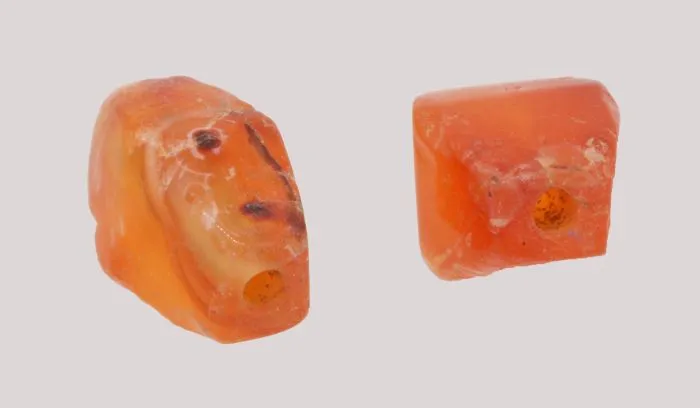 1/6Credit: M.Gwiazda/ CAŚ
1/6Credit: M.Gwiazda/ CAŚ -
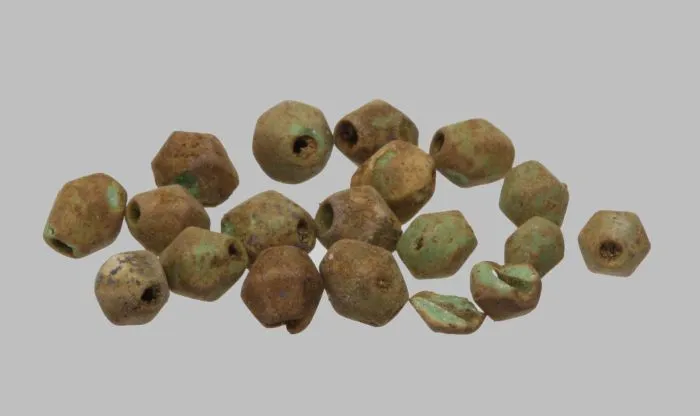 2/6Credit: M.Gwiazda/ CAŚ
2/6Credit: M.Gwiazda/ CAŚ -
 3/6Credit: M.Gwiazda/ CAŚ
3/6Credit: M.Gwiazda/ CAŚ -
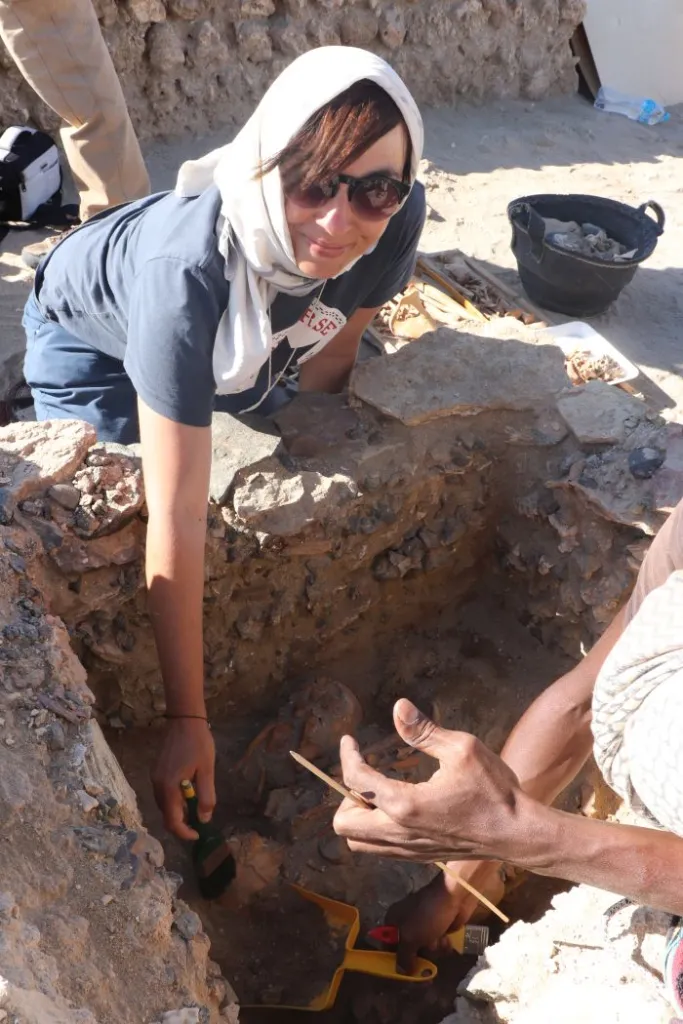 4/6Credit: M.Gwiazda/ CAŚ
4/6Credit: M.Gwiazda/ CAŚ -
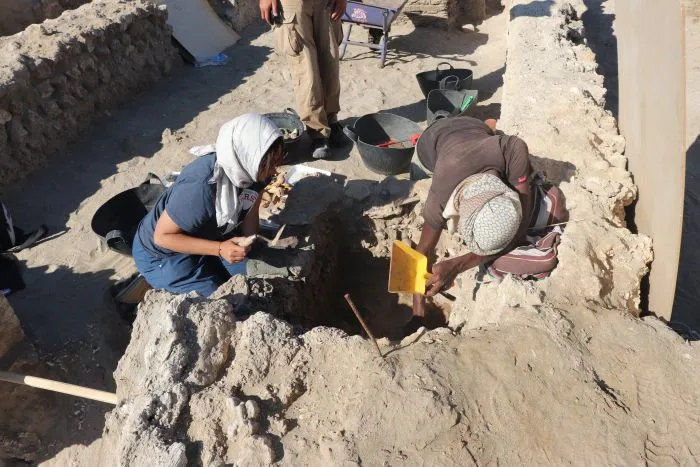 5/6Credit: M.Gwiazda/ CAŚ
5/6Credit: M.Gwiazda/ CAŚ -
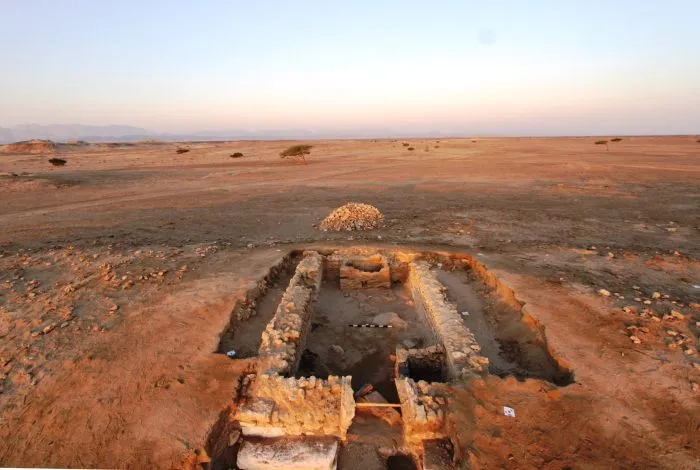 6/6Credit: M.Gwiazda/ CAŚ
6/6Credit: M.Gwiazda/ CAŚ

